I have one of these ubiquitous soil moisture sensors:

The only information I can find is that it operates from 3.3V to 5V, uses an LM393 to trigger a digital output and also exposes an analogue reading.
I'm intending to hook it up to a low power PIC (actually a PIC16LF1554 ) and want everything to remain sleeping until I periodically read the sensor from the analogue output. So, I'll power the sensor, take a reading through ADC and the power it off again.
Trying to keep everything as small as possible, with minimum components, I'm considering powering the sensor from a spare PIC pin, which I know will source/sink 25mA maximum. So I'll just drive the pin high to power up, take a reading then drive the pin low again.
How can I find out what current the sensor assembly will draw so I don't risk overloading the PIC pin? If I hook my (cheap) DMM in series with the sensor when powered from 3.3V standalone, the power LED on the sensor doesn't light up and the meter shows zeroes on the lowest range (2000uA). So I can't tell what it draws when it's working normally.
Do I need a better DMM or is there some other way I can see if I need to power this via a transistor (or some other way)?